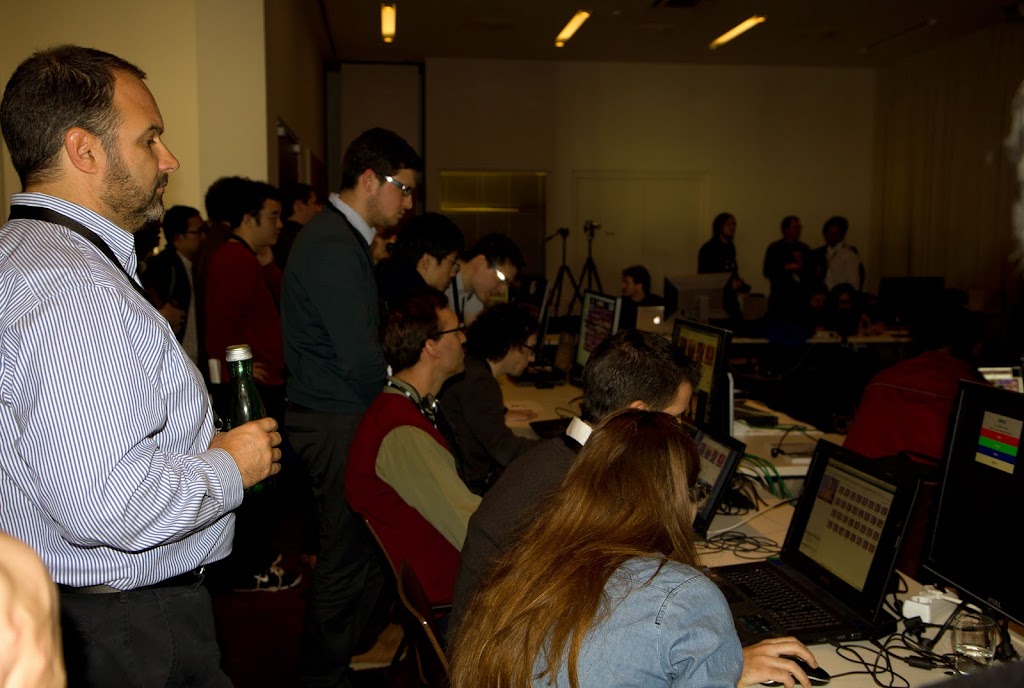Article from Business Insider
Procter & Gamble has agreed to never again run an ad for its CoverGirl mascara because it used "enhanced post-production" and "photoshopping" to make eyelashes look thicker than they were in real life. P&G agreed to the ban even though it disclosed in the ad that the image was enhanced.
The move is the latest in a series of baby steps that U.S. and international advertising regulators have taken to ban the use of Photoshop in advertising when it is misleading to consumers.
The company's decision was described in a ruling by the National Advertising Division, the U.S. industry watchdog that imposes self-regulation on the advertising business. NAD is part of the Council of Better Business Bureaus. Its rulings are respected and followed by most advertisers because it enjoys a close relationship with the FTC, from which it has historically drawn some of its senior staff. Recalcitrant advertisers who refuse to withdraw or amend misleading ads are referred by the NAD to the FTC, which has the power to fine, sue or bring injunctions against companies.
When asked whether this was a de facto ban on Photoshop, NAD director Andrea Levine told us:
"You can’t use a photograph to demonstrate how a cosmetic will look after it is applied to a woman’s face and then – in the mice type – have a disclosure that says ‘okay, not really.’”
The ad in question was for CoverGirl NatureLuxe Mousse Mascara, which promised “2X more volume” on women's lashes. After reviewing the ad, P&G agreed to yank it. (A different CoverGirl ad is shown here.) The NAD ruling said:
"… [P&G] advised NAD it has permanently discontinued all of the challenged claims and the photograph in its advertisement. NAD was particularly troubled by the photograph of the model – which serves clearly to demonstrate (i.e., let consumers see for themselves) the length and volume they can achieve when they apply the advertised mascara to their eyelashes. This picture is accompanied by a disclosure that the model’s eyelashes had been enhanced post production."
In a footnote, the NAD said it was following the lead of its sister body in the U.K., the Advertising Standards Authority, which in July banned cosmetics ads featuring Julia Roberts and Christy Turlington because they used Photoshop. The NAD said:
"Advertising self-regulatory authorities recognize the need to avoid photoshopping in cosmetics advertisements where there is a clear exaggeration of potential product benefits."
"... the picture of Ms. Roberts had been altered using post production techniques (in addition to professional styling, make-up, photography and the product’s inherent covering and smoothing nature which are to be expected), exaggerating what consumers could expect to achieve through product use."
The U.K. ruling found the use of photo retouching misleading per se.
In the U.S., the FTC has has also tightened rules to hold celebrities accountable if they make claims in ads they know cannot be true.
And in France, in 2009, 50 politicians asked for health warnings to be imposed on fashion ads if they showed retouched models' bodies.
Article from Business Insider







